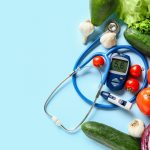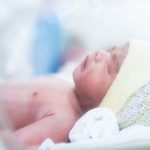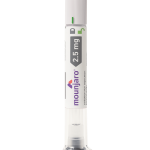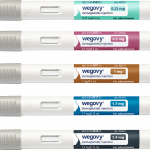
Loneliness strikes more than a fifth of people worldwide, a new survey warns. In the Gallup survey published Wednesday, 23% of people said they felt lonely “a lot of the previous day.” Those experiencing feelings of loneliness often felt physical pain, worry, sadness, stress and anger, as well. Beyond its emotional toll, loneliness is “a medical problem” that should be taken “very seriously,” psychiatrist Dr. Sue Varma told CBS News. “It’s the equivalent of having somebody smoke 15 cigarettes per day, and we know that it affects our mind and our body,” she said. “It predisposes us to anxiety and depression. It increases our risk by 30% for heart disease, for stroke, 50% for dementia, and 60% for premature mortality.” But there is a way to combat loneliness, she added. “Look at the quality of your relationships and say, ‘Do I feel seen and validated and appreciated?’ ” Varma said. “We want to have a mix of micro connections — talking to the barista, talking to your dog walker — but also deep and meaningful connections in your life, where you can feel vulnerable and open up to share,” she explained. The survey also showed loneliness was worse for young Americans than older ones. “It’s really unfortunate that as much as we want our children to succeed, the emphasis I feel is being put on… read on > read on >


















